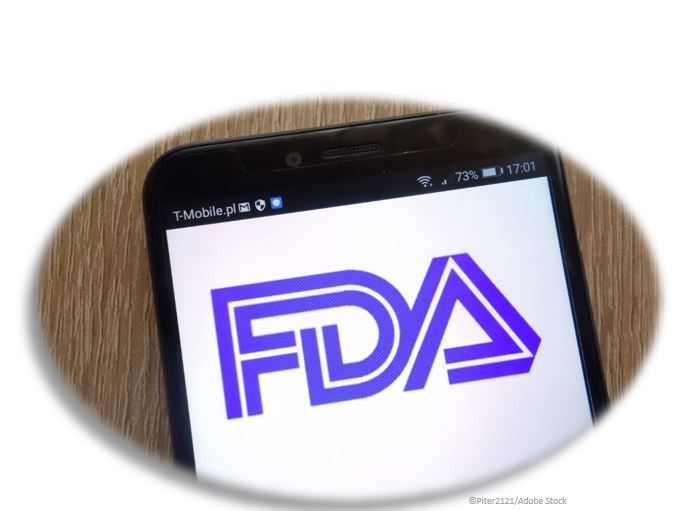FDA Accepts sNDA for Empagliflozin for Children with Type 2 Diabetes Aged 10 Years and Older
The SGLT-2 inhibitor, if approved for this age group, would be the first agent in the class with the indication as adjunctive treatment for T2D for those younger than age 18.
The US Food and Drug Administration (FDA) today accepted a supplemental New Drug Application (sNDA) for the sodium glucose cotransporter-2 (SGLT-2) inhibitor empagliflozin (Jardiance) investigating a label expansion to treat children with type 2 diabetes (T2D) aged ≥10 years.

The additional indication for the once-daily oral agent would be as an adjunct to diet and exercise for improving glycemic control in this younger population, according to the announcement made by empagliflozin codevelopers Boehringer Ingelheim Pharmaceuticals, Inc and Eli Lilly and Company.
"There are clear unmet needs for young people living with type 2 diabetes, which has nearly doubled in prevalence in people aged 10-19 over the past two decades," said Mohamed Eid, MD, MPH, MHA, vice president of Clinical Development and Medical Affairs in Cardio-Renal-Metabolism & Respiratory Medicine at Boehringer Ingelheim, in the announcement. "We look forward to working closely with the FDA during the review process and while we await a decision on our efforts to bring another potential treatment option to children 10 years and older with type 2 diabetes."
The FDA’s original approval for empagliflozin in 2014 was as an adjunct to diet and exercise for lowering blood glucose in adults (ie, aged ≥18 years) with T2D.
Data included in the sNDA are from the 26-week DINAMO (Diabetes Study of Linagliptin and Empagliflozin in Children and Adolescents) phase 3 clinical trial which examined effects of empagliflozin on HbA1c relative to placebo therapy in participants aged 10-17 years with T2D and HbA1c ≥6.5% and ≤10.5%. A total of 158 youths were randomized in a 1:1:1 ratio to receive empagliflozin, linagliptin, or placebo therapy. When added to other baseline treatments (ie, diet, exercise, metformin and/or insulin) empagliflozin was associated with a 0.84% reduction in HbA1c relative to placebo (95% CI –1.50 to –0.19; P=.012).
Analysis of DINAMO secondary endpoints found use of empagliflozin was associated with a mean reduction of 35.2 mg/dL in fasting plasma glucose (P=.0035). Study researchers reported no statistically significant reductions in HbA1C observed with linagliptin when compared with placebo (numerical reduction 0.34%; P=0.2935).
In the US, T2D is estimated to impact 39 000 people younger than age 20 years, according to the press announcement. Oral treatment options for this susceptible age group have been limited, according to Jeff Emmick, MD, PhD, vice president of Product Development with Eli Lilly and Company. If approved, empagliflozin would be the first SGLT-2 inhibitor indicated for this population, making acceptance of the sNDA “an important step forward as we add to the body of knowledge for this vulnerable population.”
Safety data in the study was similar to that in adults with T2D, according to the statement.